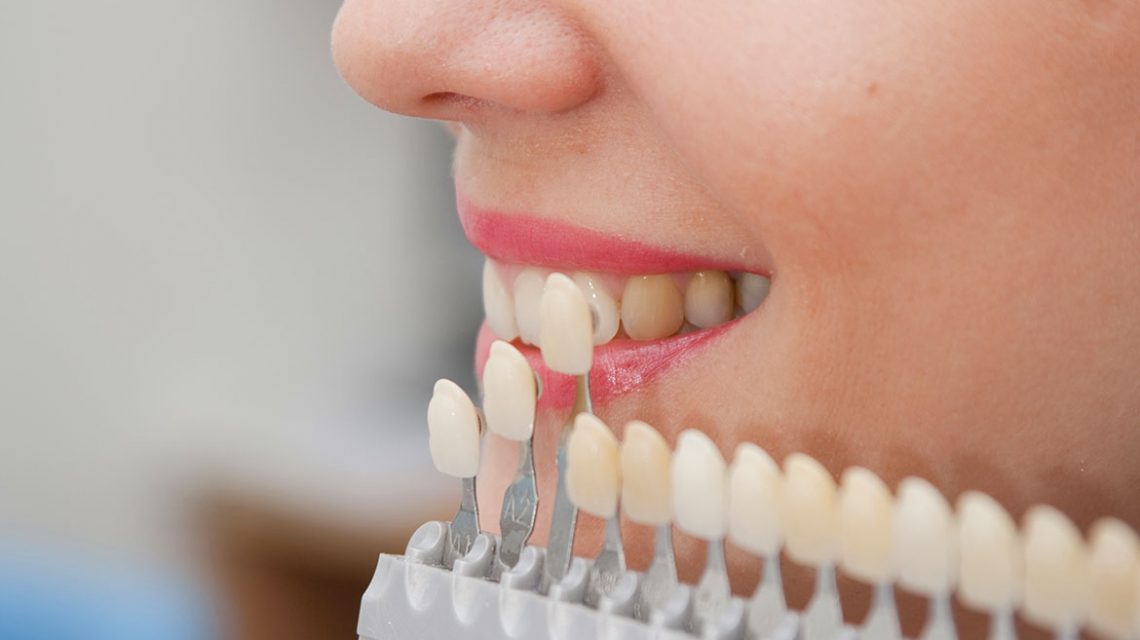Over the years, a normal condition for teeth is to lose their bright color. Nutrition and age play an important role for a normal denture. Tooth whitening is a painless dental procedure that removes dye pigments and dyschromias. The most common causes of these teeth stains are the consumption of coffee, tea, soft drinks, tobacco use and poor oral hygiene. Other internal causes may be excessive exposure to fluoride during childhood, tetracyclines intake during pregnancy or during the first 8 years of the child. Finally, a tooth injury is likely to cause discoloration According to Professor Ger. Doubitsas’s book “Tooth whitening”, the chemical whitening of teeth has begun 150 years ago!
The first application was made by Dwinelle in 1848 using sodium chloride, but after research and usage of various techniques we have concluded in the following two methods:
-
the use of Carbamide peroxide, for home usage,
-
hydrogen peroxide by activating a light source at the clinic.
The formulations used for bleaching are oxygen peroxide or carbamide peroxide, depending on the case.
Tooth whitening can be done either in the dental clinic or at home. Tooth whitening in the dental clinic is conducted with especially approved by the EOF materials and the contribution of special lighting devices. Tooth whitening at home is done using tooth whitening guards, which they are especially custom made for you. You simply place the bleaching gel under the advice of your treating dentist.
The treatment varies depending on the primary color of your teeth and how the bleaching will be done, at home or at the dental clinic.
Tooth whitening is generally a safe procedure as long as your dentist does it in the proper way and uses approved materials by the EOF.
Therefore, before performing tooth whitening visit your dentist and get proper information about the whole procedure.
Kontopanos Christos
Dental surgeon
Source: : Gerasimos P.Douvitsas: “ Teeth Whitening”,
Odontiatriko Vima publ., Athens 2008






